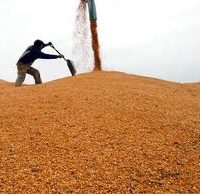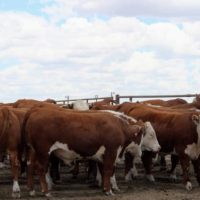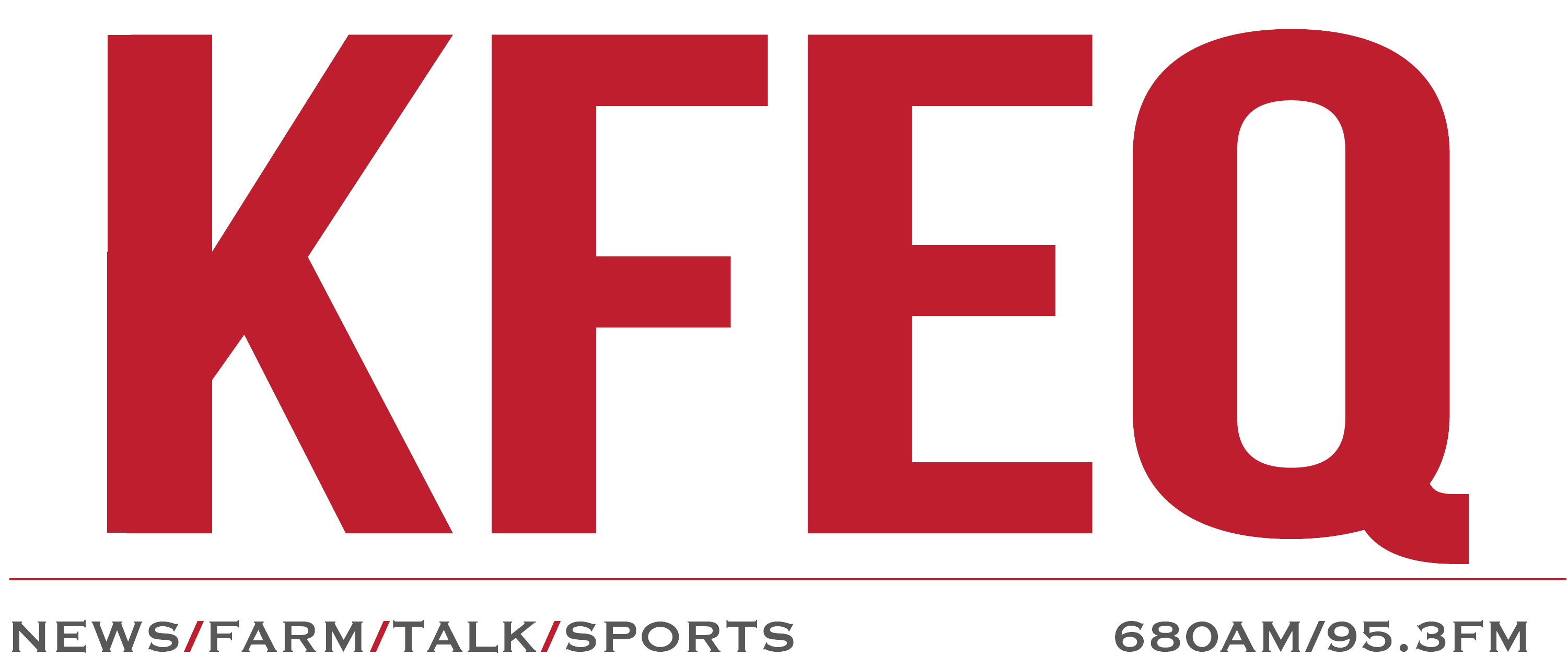


CORN:
December corn closed down 11 cents at $4.56 3/4 Thursday, the lowest close in over three months, even as corn crops continue to face challenges of adverse weather in the upper Midwest. Thursday’s bearish influence on corn prices likely came from chances for rain in the extended forecast for the Eastern Corn Belt, but the more immediate forecast is not crop friendly. More heavy rains the next five days from eastern South Dakota to southwestern Ontario is not good news for fields that have already seen too much moisture, especially in southern Minnesota. Meanwhile, southern and eastern corn states have a dry seven-day forecast with crops stressed by hot temperatures. Thursday’s Drought Monitor showed abnormally dry conditions from eastern Iowa to Ohio and is an area that could benefit from the extended forecast, if the rains prove out. USDA’s weekly export sales report will be out Friday morning, due to this week’s holiday schedule. In central Brazil, the forecast remains hot and dry for a maturing safrinha crop and, has been the case all June, traders show no concern with the price of July corn staying near its lowest levels in 2024. Eight days until USDA’s Acreage and June 1 Grain Stocks reports, the trend in December corn has turned down.
SOYBEANS:
November soybeans fell 15 1/4 cents to $11.16 3/4 Thursday, the lowest November soybean price in three years. Big harvests from Brazil and Argentina in 2024 plus a possibility of more soybean acres than USDA’s March estimate of 86.5 million are pressuring soybean prices lower ahead of USDA’s Acreage and Grain Stocks report on June 28. As mentioned for corn above, chances for rain in the extended forecast for the eastern Midwest are also playing a part in Thursday’s selling. So far in 2024-25, the trend remains down for November soybeans with specs staying comfortably net short.
WHEAT:
July KC wheat closed down 8 3/4 cents at $5.92, still not finding support since prices peaked near $7.46 on May 28, just 23 days ago. It’s been such a harsh selloff in all three wheat prices that even lower crop estimates for Russia haven’t been able to stop the decline. On June 12, USDA lowered its estimate of Russia’s wheat production from 88.0 million metric tons (mmt) to 83.0 mmt. Other estimates from private firms are mostly in the low 80s. Some light rains are expected in southwestern Russia the next five days, while temperatures remain mostly above normal. Supporting bearish arguments, this is the time of year when winter wheat harvests are making progress across the Northern Hemisphere. The U.S. is expecting a 1.875-billion-bushel (bb) wheat crop in 2024-25, the highest in five years by a small margin. Heavy rains in southwestern Kansas and near the Texas Panhandle on Wednesday will not help the harvest effort, but traders weren’t fazed on Thursday. The forecast for the western Plains is mostly dry after Friday, helpful for winter wheat harvest, but somewhat stressful west of North Dakota where spring wheat conditions are drier and areas of D1 and D2 drought show up on the Drought Monitor. The next seven days expect mostly light rain amounts in SRW wheat areas, which will be favorable for harvest. The possibility of heavier rain amounts in the extended forecast deserves watching. With no significant argument among traders, the price trends remain down for the July contracts of all three U.S. wheats.
LIVE CATTLE:
The live cattle complex continues to trade in its sideways trading range as the market waits for the cash cattle market to trade. It’s expected that cattle will trade no less than steady this week, and there’s a strong possibility that prices could be even higher this week. At this point, no cattle have traded and throughout the day there was only a bid of $197 offered in Nebraska — but feedlots elected to that sit on the table and grow cold. Asking prices are noted in the South at $189 but are still not yet established in the North. June live cattle closed $0.40 higher at $187.07, August live cattle closed $0.45 higher at $182.55 and October live cattle closed $0.05 lower at $183.82. Thursday’s slaughter is estimated at 121,000 head — 1,000 head less than a week ago and 5,000 head less than a year ago. Boxed beef prices closed higher: choice up $2.17 ($322.87) and select up $1.14 ($304.40) with a movement of 98 loads (55.16 loads of choice, 23.37 loads of select, 9.28 loads of trim and 10.07 loads of ground beef).
FEEDER CATTLE:
Even though demand continues to support feeder cattle sales in the countryside, the feeder cattle futures market doesn’t seem concerned with anything other than the fed cash cattle market at this point. One would logically think that on a day when the corn market closed $0.10 to $0.11 lower the feeder cattle contracts would have closed higher, but that simply wasn’t the case as traders continue to sit idle, waiting to see what this week’s cash market does before they do too much in the futures complex. August feeders closed $0.12 lower at $259.82, September feeders closed $0.05 higher at $261.17 and October feeders closed $0.10 lower at $261.87. At Winter Livestock Auction in Dodge City, Kansas compared to last week steers over 850 pounds sold steady to sharply higher, and heifers over 700 pounds sold steady to $5.00 higher. Slaughter cows sold $3.00 to $6.00 higher and slaughter bulls sold $3.00 to $5.00 lower. Feeder cattle supply over 600 pounds was 93%. The CME feeder cattle index 6/19/2024: down $1.60, $255.47.
LEAN HOGS:
The poor lean hog complex can’t seem to win at anything but losing right now. On a day when the afternoon carcass price finally closed higher, of course, it would be the hog market’s luck that traders sent the contracts trading sharply lower, and again they’re now pressuring the market’s current support plane. July lean hogs closed $2.62 lower at $91.15, August lean hogs closed $2.45 lower at $89.12 and October lean hogs closed $2.00 lower at $76.40. The afternoon’s carcass price was able to close mildly higher as the belly jumped $10.04, and the rib climbed $5.68 higher. Hopefully, Friday’s export report lends the market some additional support. Pork cutouts totaled 220.14 loads with 187.08 loads of pork cuts and 33.05 loads of trim. Pork cutout values: up $0.18, $97.85. Thursday’s slaughter is estimated at 480,000 head — 10,000 head more than a week ago and 20,000 head more than a year ago. The CME lean hog index 6/18/2024: down $0.13, $90.72.



